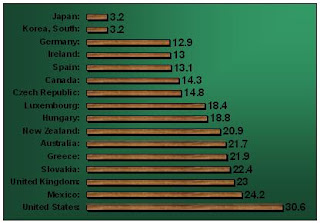He says he doesn't compost biodegradable plastics at the moment.
Here are some reasons:
1) Plastic utensils are contaminants that are needed to be removed from feedstock before composting. Removing is done manually. Currently there is no way to distinguish biodegradable utensils from plastic ones. To make the operations economically viable, they have to either take all the utensils out or leave them all. His facility takes all out because they can't leave plastic in.
2) It is uncertain how long and to what extent the polymers will biodegrade. I think it means there is no classification on "how biodegradable" the products are. (I need to research this further) Composting is extremely experience/knowledge/skill intensive operation. People working on composting site really know what is the proper temperature/moisture/aeration for what material. It seems like there is not enough information/experience accumulated for biodegradable plastic to make sure the final product is marketable and of good quality.
Well, then if biodegradable utensils end up in landfills, they will produce methane, GHG much more powerful than CO2. (composting produce some methane too, but much less compared to landfill)
There should be pros and cons for these arguments. But anyway, for now, I would need more information to determine that biodegradable plastic is really good for environment.
 In the meantime, this solution is definitely environmentally-beneficial: BYOU (bring your own utensil).
In the meantime, this solution is definitely environmentally-beneficial: BYOU (bring your own utensil).Babies have these; why not adults? It shouldn't take much to market them.
 Japan's version of BYOU - BYOC (chopstick!).
Japan's version of BYOU - BYOC (chopstick!).













 You will see the rate is extremely low in Japan (and Korea too).
You will see the rate is extremely low in Japan (and Korea too).



















